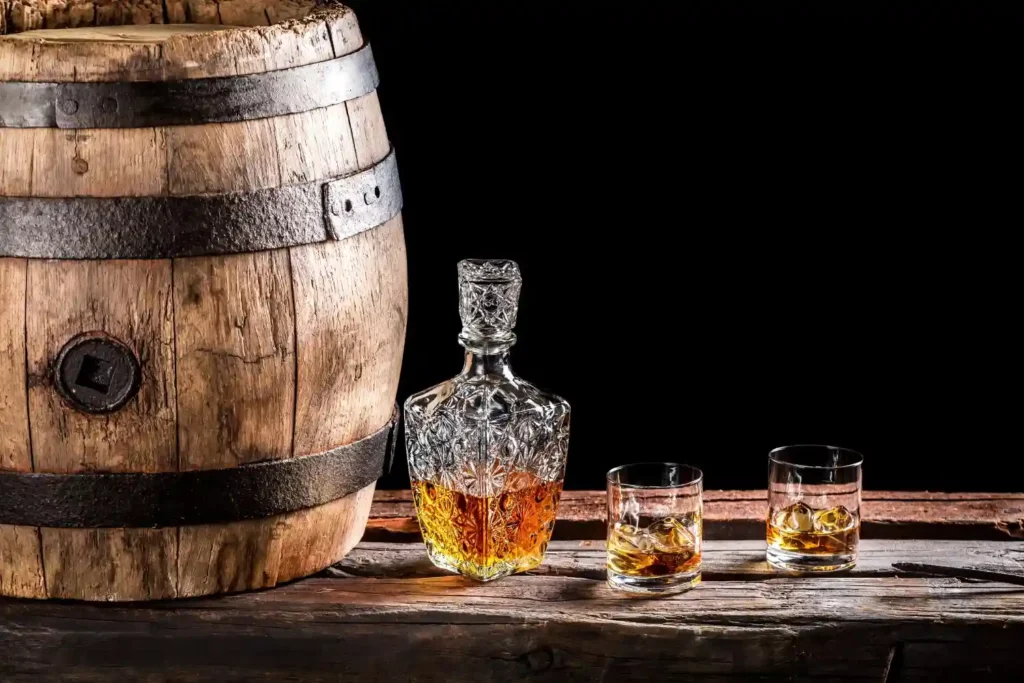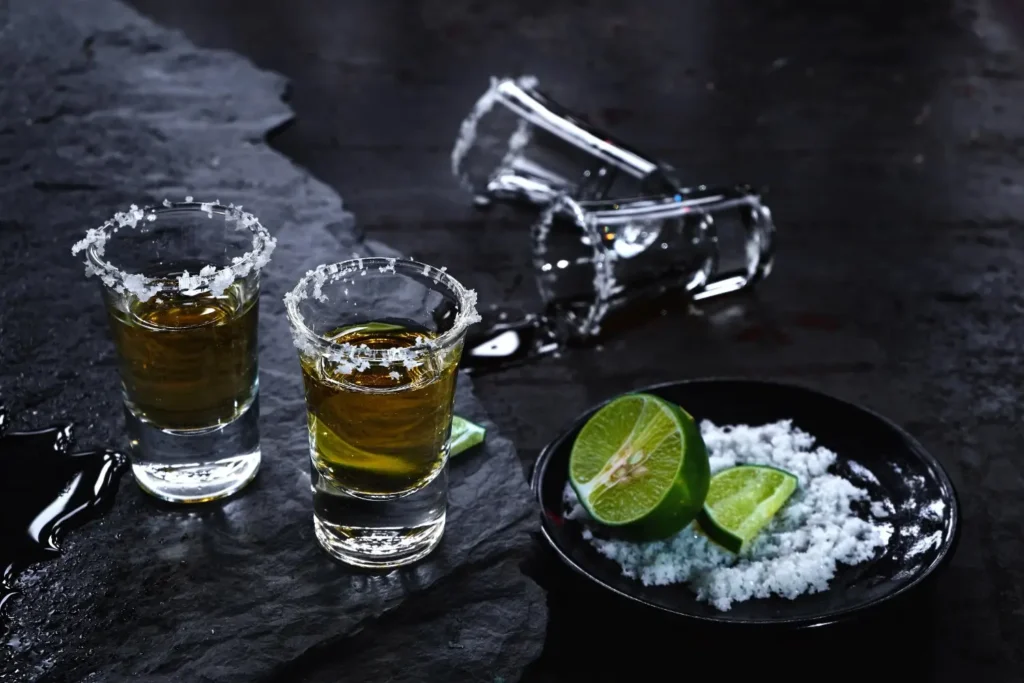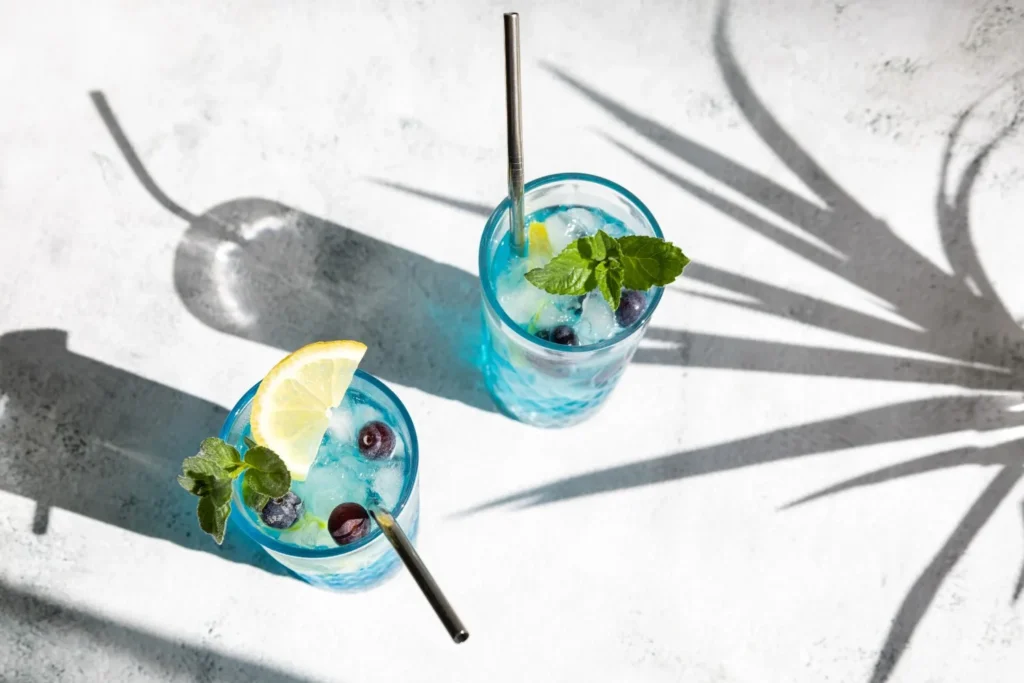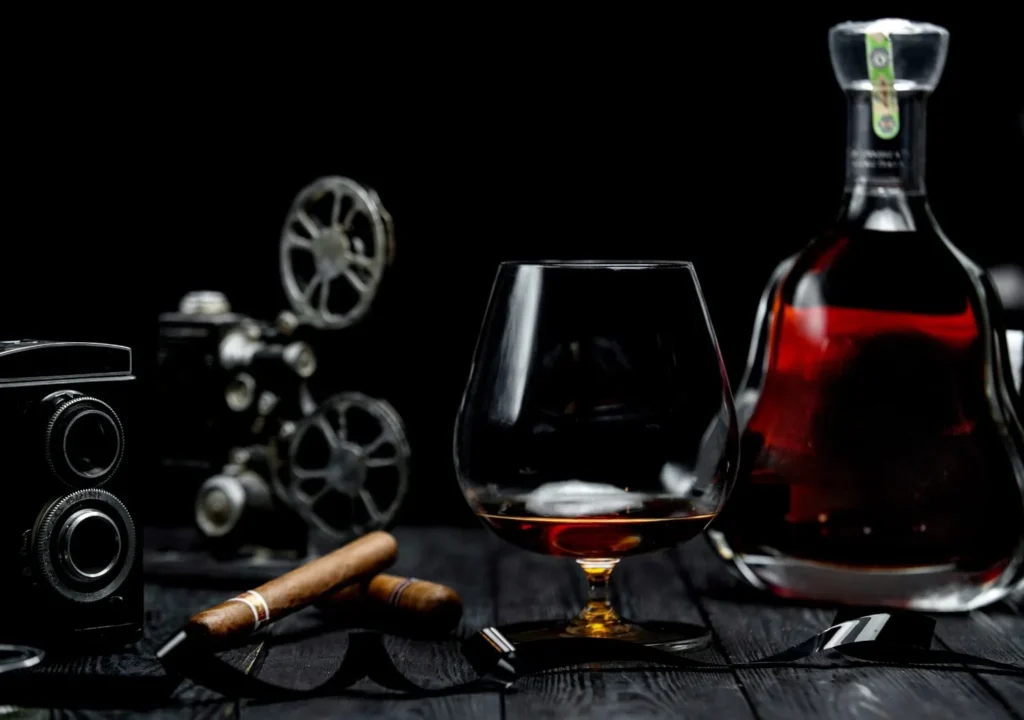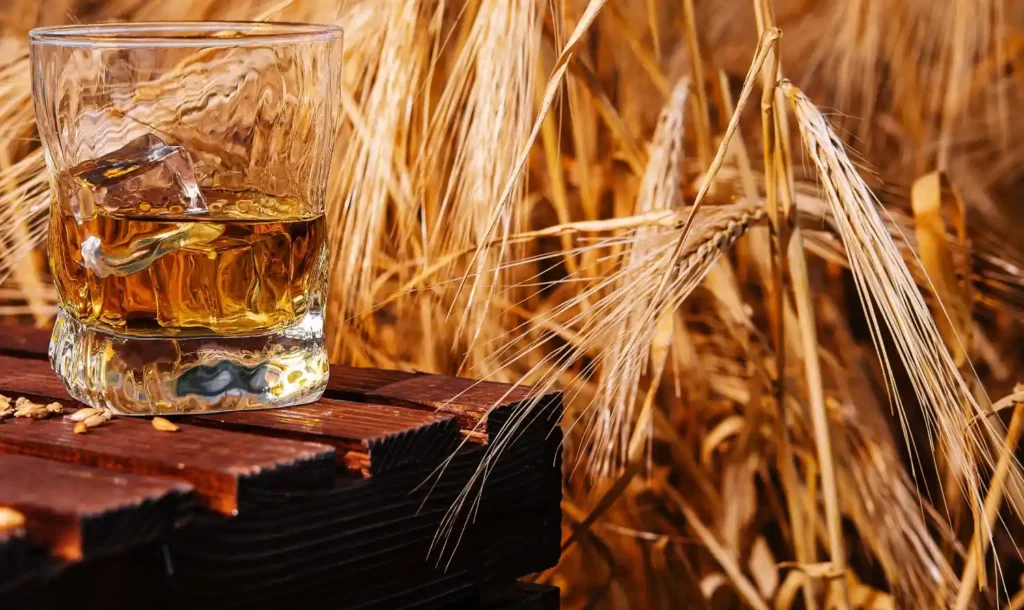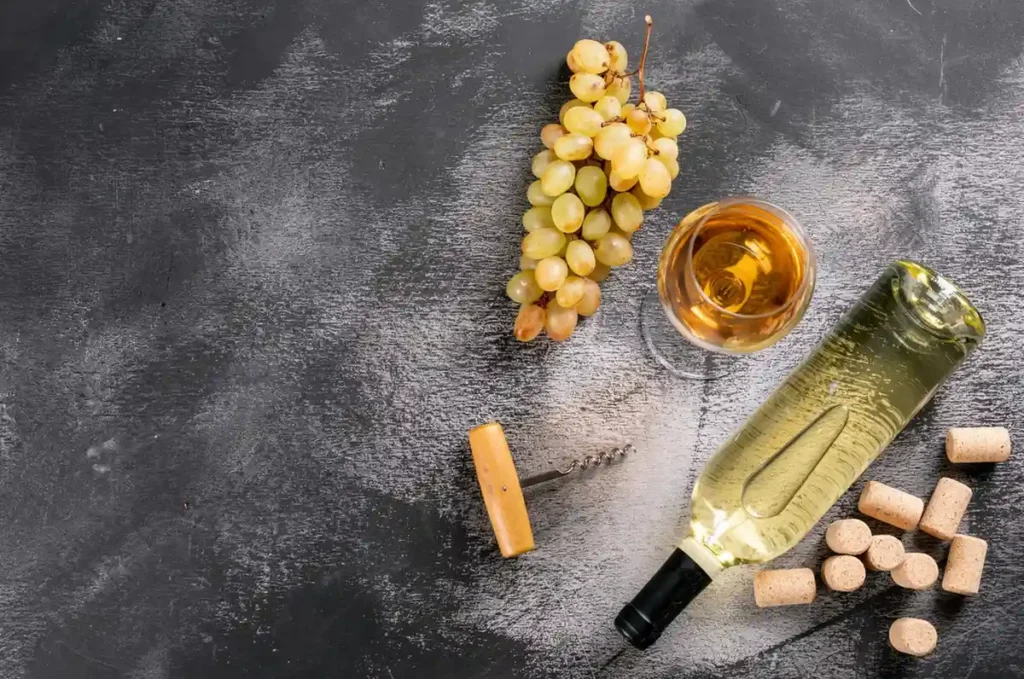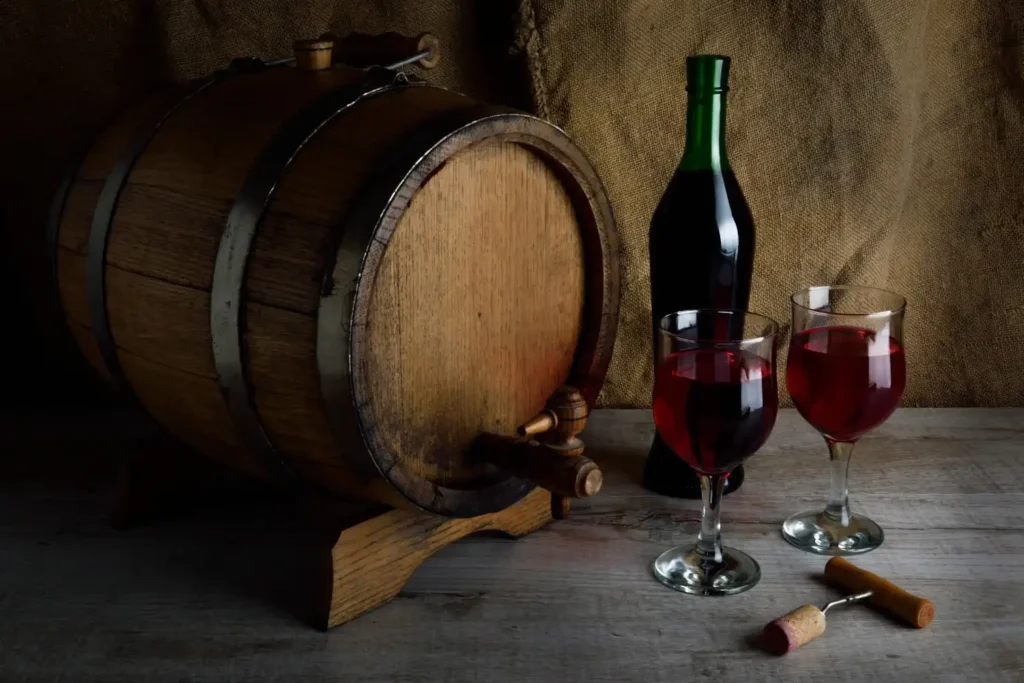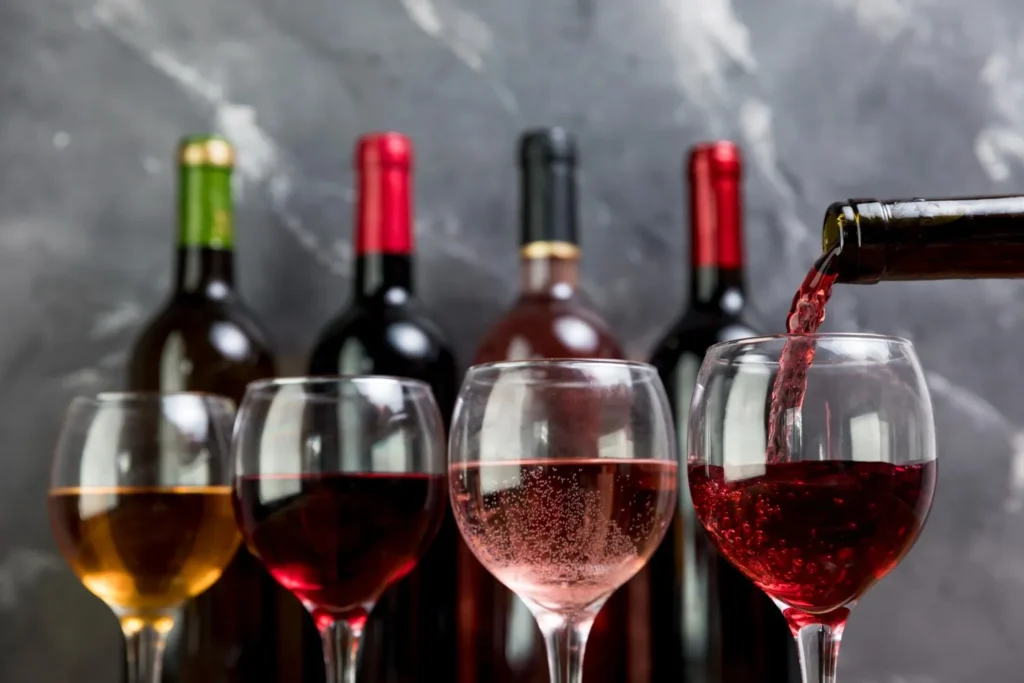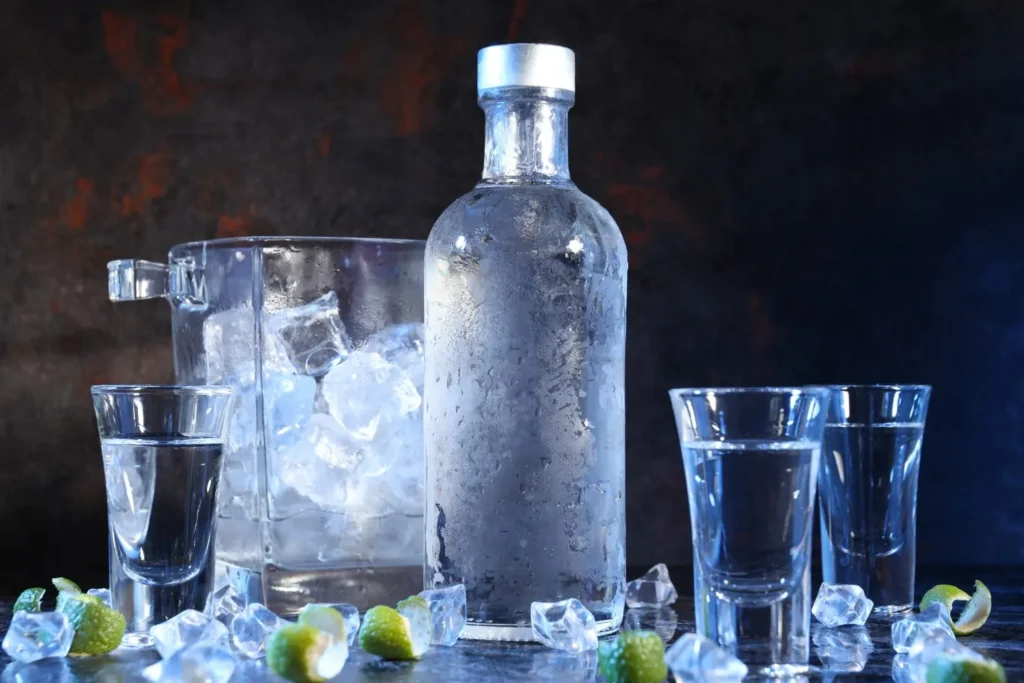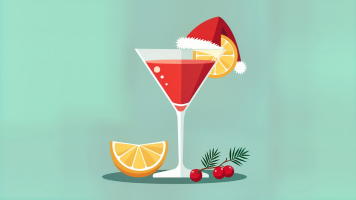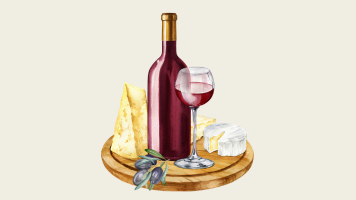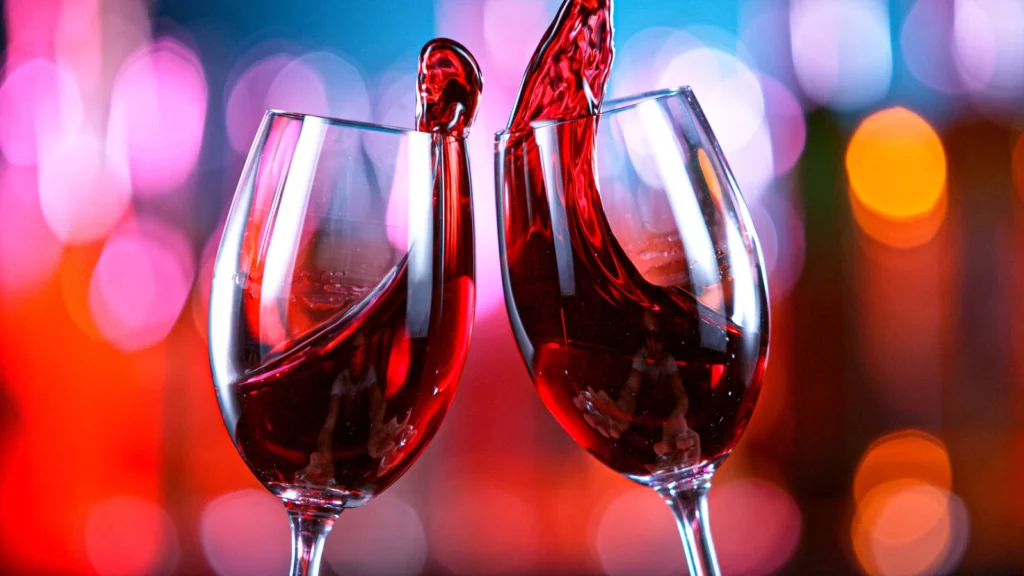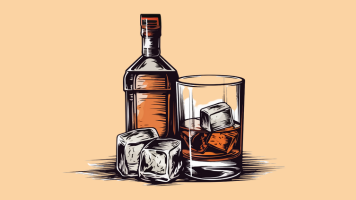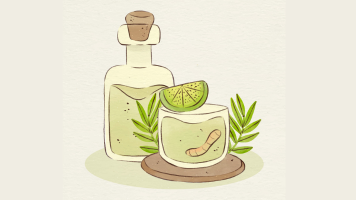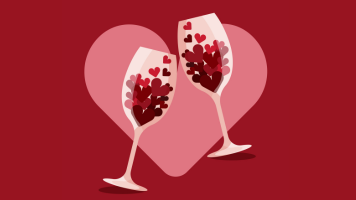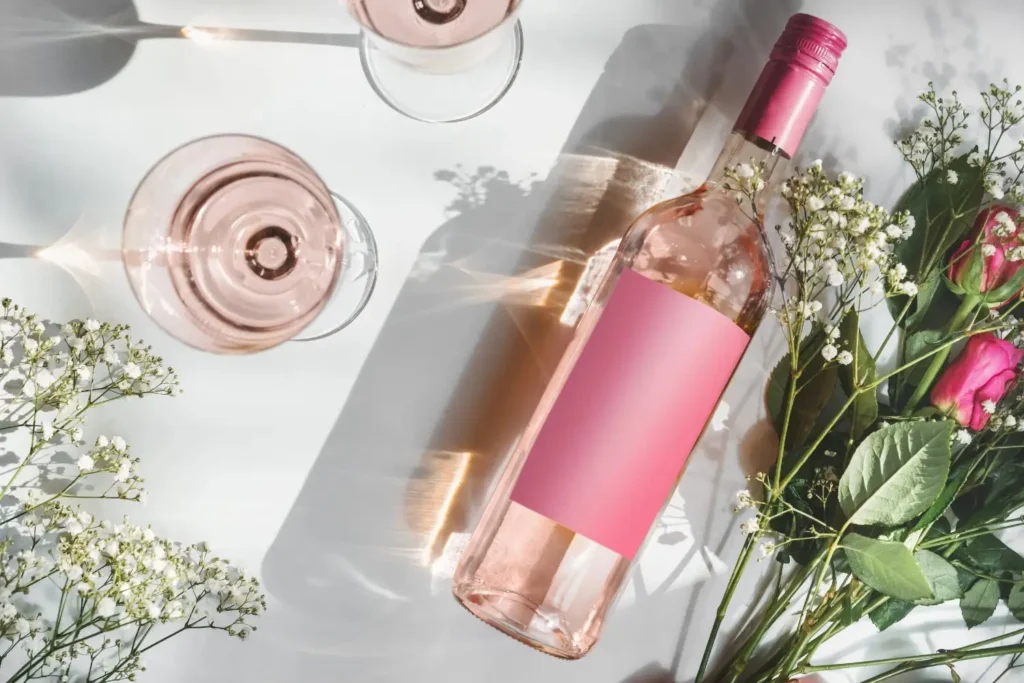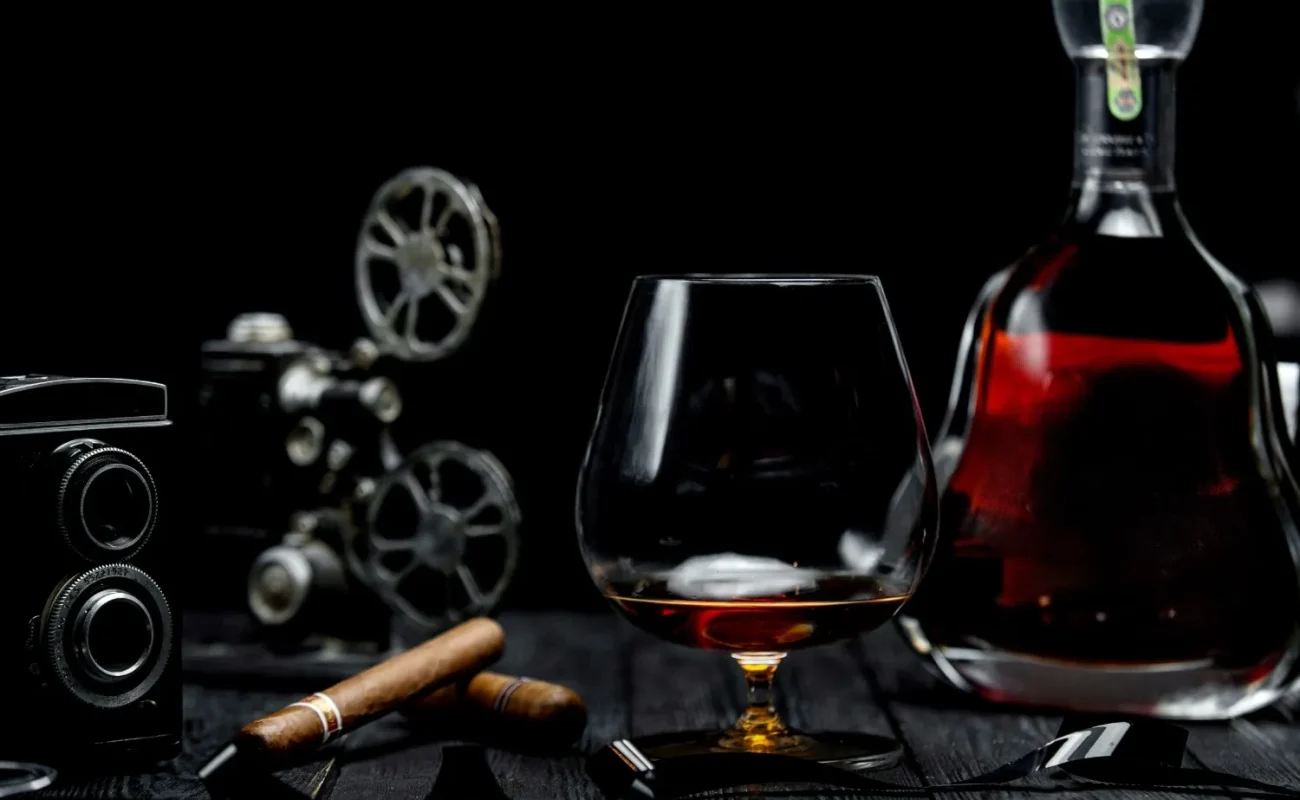
Why Does Cognac Carry Such a Luxurious Price Tag
You might have heard whispers about a certain French spirit that sometimes outshines luxury cars and no, it is not magic potion or unicorn tears it is cognac. To the uninitiated, it may seem strange that distilled grapes could rival horsepower in prestige. But in the world of ultra-luxury spirits, cognac is not just a beverage it is history, craftsmanship, and artistry in a bottle.
It is the kind of drink that makes your wallet cry but your taste buds applaud. But is it liquid gold, or are we just paying for fancy French handwriting on the label? Let us find out why this elegant drink comes with such an equally elegant price tag.
What is Cognac?
So, what is cognac exactly? Cognac is a type of brandy produced exclusively in the Cognac region of France. Not all brandy qualifies as cognac, which is why some people ask, “Is cognac brandy?” The answer is yes, but with strict rules:
- Grapes: Primarily Ugni Blanc, sometimes Folle Blanche or Colombard.
- Distillation: Double-distilled in traditional copper pot stills.
- Aging: Stored in French oak barrels, developing complex aromas and flavors.
Think of it like this: if brandy is a standard car, cognac is a vintage Rolls-Royce every detail meticulously refined over decades. The cognac color itself ranges from golden amber to deep mahogany, hinting at its aging process and richness. Bottles like Delamain XXO Grande Champagne Cognac exemplify this golden hue, showcasing the depth and elegance that decades of aging bring.
The Secret Ingredient is Time
A major reason for cognac’s premium status is aging. While resting in oak barrels, cognac interacts with wood compounds, developing layers of flavor like vanilla, caramel, dried fruits, and subtle spices. Over decades, these flavors deepen and mellow.
Some liquid inevitably evaporates over time the poetic angel’s share making older bottles rarer. This is why a century-old French cognac or a bottle from the best cognac brands can carry such prestige. Iconic examples like Delamain Pale and Dry XO Grande Champagne Cognac demonstrate how patient aging transforms flavor, balance, and aroma into something truly extraordinary.
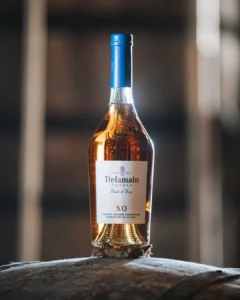
The Art of Blending
Even after decades of aging, the liquid alone is not enough. Master Blenders (Maître de Chai) combine hundreds of eaux-de-vie to create a perfectly balanced final product. Each cognac bottle is a crafted symphony, blending flavors from different years and vineyards.
The blending process distinguishes a good cognac from a truly exceptional one. This human expertise, passed down through generations, is one reason why certain cognac bottles, including Delamain XXO Grande Champagne Cognac, are considered collector’s items.
Terroir and Regional Prestige
Cognac’s flavor is deeply tied to terroir the soil, climate, and vineyard location. The region is divided into six growth areas:
- Grande Champagne: Floral, delicate, highly prized.
- Petite Champagne: Elegant and slightly heavier.
- Borderies: Nutty, rare, sought after.
- Fins Bois: Fruity and approachable.
- Bons Bois: Earthy and rustic.
- Bois Ordinaires: Sturdy, less prestigious.
Origin matters. A French cognac from Grande Champagne carries more prestige than most, influencing how connoisseurs evaluate good cognac or select the Luxury cognac for their collection. The Delamain Pale and Dry XO Grande Champagne Cognac hails from this prestigious region, highlighting how terroir can elevate both flavor and reputation.
Rarity, Legacy, and Historical Significance
Some bottles are incredibly rare, produced in limited quantities or from vintages decades old. Historic cognac houses like Hennessy, Rémy Martin, Martell, Courvoisier, and Delamain maintain centuries-old techniques, and their bottles carry stories passed through generations.
Owning one is not just about having a drink; it is holding a piece of history. Bottles like Delamain XXO Grande Champagne Cognac represent the pinnacle of craftsmanship and heritage, making them highly sought-after by collectors.
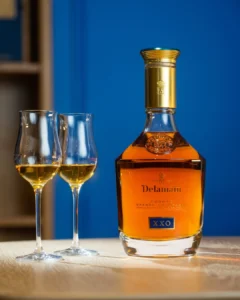
Packaging is Luxury Art Form
The cognac bottle itself often contributes to perceived value. Ultra-premium bottles may feature hand-blown crystal, gold detailing, or gemstone stoppers. These elaborate designs turn bottles into collectibles.
Luxury packaging serves a dual purpose: it protects the spirit and amplifies perceived value. Humans are naturally drawn to beauty and rarity packaging transforms a bottle from a simple container into a status symbol and conversation piece. Even the elegant presentation of Delamain Pale and Dry XO Grande Champagne Cognac makes it a visual and collectible treasure.
Cognac and Cocktails
While many think of cognac as a collectible, it also inspires creativity in cognac cocktails. Classic drinks like the Sidecar or Vieux Carré highlight its nuanced flavors, while modern mixology experiments with infusions and pairings. Even in cocktails, the quality of the cognac liquor used dramatically affects the final profile, which is why premium are revered by bartenders and enthusiasts alike.
Collectability and Investment Appeal
Collectors treat rare cognacs as tangible assets. Limited editions and old vintages often appreciate, like fine art or classic cars. For enthusiasts, owning a bottle from the best cognac brands, including Delamain, is not just about flavor but about cultural and investment significance.
The Sensory Story
Even without tasting, understanding a cognac’s profile enhances appreciation:
- Aroma: layers of fruit, spice, oak, and subtle nuts.
- Texture: smooth, layered, evolving.
- Finish: lingering complexity that tells a decades-long story.
The combination of flavor, heritage, and craftsmanship elevates cognac far beyond a simple drink it becomes a sensory and cultural experience.
Why Cognac Commands a Premium Price
Summing up, a luxurious price tag on cognac comes from:
- Time: decades in barrels develop complexity and rarity.
- Craftsmanship: centuries of blending expertise from Master Blenders.
- Terroir: unique soils and climates of French vineyards.
- Rarity and Legacy: limited production and historical lineage.
- Luxury Packaging: artistic bottles, hand-blown crystal, and design.
- Collector and Investment Value: demand among enthusiasts and collectors.
- Sensory and Cultural Significance: the story behind every bottle.
In short, cognac is more than a liquor; it is a culmination of history, art, and human mastery, all encapsulated in a beautifully designed bottle, whether it is a Delamain Pale and Dry XO Grande Champagne Cognac or any other elite brand.
Conclusion
At Solis Group, we celebrate craftsmanship and character with icons like Delamain Pale and Dry XO and Delamain XXO Grande Champagne Cognac. Whether you are exploring cognac cocktails, learning how to drink cognac, or simply admiring the cognac color and elegant cognac bottle designs, it is clear why this French spirit commands such respect. From terroir to blending mastery, every bottle tells a story spanning decade. In the world of luxury spirits, cognac is not just a cognac liquor its history, artistry, and culture in a bottle.
FAQs
What makes cognac different from regular brandy?
Cognac is geographically protected, produced only in the Cognac region, and follows strict production standards.
How does aging affect cognac’s value?
Longer aging deepens flavor, increases rarity, and elevates prestige.
Who is the Master Blender and why are they important?
They balance hundreds of eaux-de-vie to create a harmonious, complex final product.
Does terroir really matter?
Yes. Soil, climate, and vineyard location influence grape quality and flavor complexity.
Why are certain bottles rare?
Limited production, vintage-specific blends, and long aging create scarcity. Bottles like Delamain XXO Grande Champagne Cognac are examples of such rarity.
How does packaging influence value?
Luxury cognac bottles with artistic design enhance collectible appeal and perceived prestige. Delamain Pale and Dry XO Grande Champagne Cognac is a prime example.
Can cognac be considered an investment?
Collectors often view rare cognacs as appreciating assets, like art, watches, or classic cars.
Is price determined more by taste or other factors?
While taste matters, rarity, craftsmanship, heritage, and presentation often play a larger role.
-
 How distillers perfect mastery in Blended whiskey v single barrel
How distillers perfect mastery in Blended whiskey v single barrel -
 How Every Region Leaves Its Mark on Vodka
How Every Region Leaves Its Mark on Vodka -
 How to Store Gin When Your Guests Think It is Open Bar
How to Store Gin When Your Guests Think It is Open Bar -
 Why Does Cognac Carry Such a Luxurious Price Tag
Why Does Cognac Carry Such a Luxurious Price Tag -
 Why Does Single Malt Whiskey Win Single Grain Battles
Why Does Single Malt Whiskey Win Single Grain Battles -
 White Wine Guide to Help You Pick the Right Selection
White Wine Guide to Help You Pick the Right Selection -
 Solis Group Representation on the Global Stage at TFWA, Cannes 2025
Solis Group Representation on the Global Stage at TFWA, Cannes 2025 -
 How did port wine bottles grow stylish over decades
How did port wine bottles grow stylish over decades -
 What’s Your Wine Persona according to the Color Chart
What’s Your Wine Persona according to the Color Chart -
 Make every hangout memorable with vodka
Make every hangout memorable with vodka
-
 Christmas Cocktails You Can Make at Home
Christmas Cocktails You Can Make at Home -
 Sound Of Christmas Wine And Cheese?
Sound Of Christmas Wine And Cheese? -
 A Fresh Take on New Year’s Resolutions
A Fresh Take on New Year’s Resolutions -
 The Art of Smelling Wine Like a True Connoisseur
The Art of Smelling Wine Like a True Connoisseur -
 Looking for the Best Wine? Here's Where to Find It!
Looking for the Best Wine? Here's Where to Find It! -
 Read This Before You Buy Your Dad a Whisky.
Read This Before You Buy Your Dad a Whisky. -
 The Art of Pairing Wine with Indian Food
The Art of Pairing Wine with Indian Food -
 Whiskey on the Rocks — Cool Choice or Flavor Mistake?
Whiskey on the Rocks — Cool Choice or Flavor Mistake? -
 The Ingredients & Botanicals That Define Gin
The Ingredients & Botanicals That Define Gin -
 Seven Days of Love — Wine for Valentine’s Week
Seven Days of Love — Wine for Valentine’s Week
-
 How distillers perfect mastery in Blended whiskey v single barrel
How distillers perfect mastery in Blended whiskey v single barrel -
 How Every Region Leaves Its Mark on Vodka
How Every Region Leaves Its Mark on Vodka -
 How to Store Gin When Your Guests Think It is Open Bar
How to Store Gin When Your Guests Think It is Open Bar -
 Why Does Single Malt Whiskey Win Single Grain Battles
Why Does Single Malt Whiskey Win Single Grain Battles -
 White Wine Guide to Help You Pick the Right Selection
White Wine Guide to Help You Pick the Right Selection -
 Solis Group Representation on the Global Stage at TFWA, Cannes 2025
Solis Group Representation on the Global Stage at TFWA, Cannes 2025 -
 How did port wine bottles grow stylish over decades
How did port wine bottles grow stylish over decades -
 What’s Your Wine Persona according to the Color Chart
What’s Your Wine Persona according to the Color Chart -
 Make every hangout memorable with vodka
Make every hangout memorable with vodka -
 Why should your palate care how rose wine is made
Why should your palate care how rose wine is made


